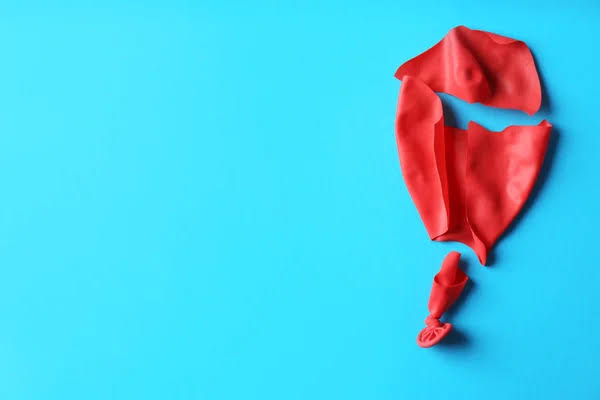Summary of Literature in the Heian Era
Justin Aukema
April 28, 2016
(This summary is
adapted from Shirane, Haruo. Traditional Japanese Literature: An
Anthology, Beginnings to 1600. Columbia University Press, 2012. Additional
links to primary sources and videos come from Columbia University’s Asia for
Educators http://afe.easia.columbia.edu/index.html).
The Heian Era
(794-1185 C.E.) witnessed a boom in literature and the arts. One reason for
this was the development and adoption of kana
(hiragana and katakana) writing. Prior to this time, most writing in Japan had been
done solely in Chinese script. In fact, even during the Heian Era, most
well-educated and aristocratic men continued to write in this style. Perhaps
the main example of such a figure was the poet, writer and famously-exiled
noble, Sugawara no Michizane. He continued to write Chinese poems (kanshi) and Chinese script (kanbun) for most of his life.
Yet as the waka form of writing poetry gained
popularity, literature and the arts began to move away from their Chinese
influences and toward a more Japanese style of writing (the characters for waka 和歌・倭歌 literally
mean “Japanese poems”). During the tenth century, it was common for men and women
to typically spend their daily lives separate from each other. Thus the waka became a popular form of
communication between the sexes, much as sending messages or writing letters
today. As more of these poems were composed, the court had them compiled as the
Kokinshū and Man’yōshū.
| The depths of the hearts Of humankind cannot be known. But in my birthplace The plum blossoms smell the same As in the years gone by. (Ki no Tsurayuki, Kokinshū; Source: Japanese Text Initiative, U. of Virginia) 人はいさ 心も知らず ふるさとは 花ぞ昔の 香ににほひける |
Kana script was not used just for poetry. The rise of the
Fujiwara family meant that Fujiwara regents would rule in the stead of a child
emperor (sekkan system). Part of
their key to power also included marrying their daughters into the imperial
court. Against this background, Fujiawara daughters would compete and vie for
the attention of the court/emperor. At this time, they would thus maintain
large groups of assistants and ladies-in-waiting (myōbō). Not all daughters were able to receive the attention of the
court equally, and thus some remained outside the capital in the provinces.
This fostered a culture in which well-educated women and their retainers could
devote to literature and the arts. Such women adopted kana script in their writings, which tended to consist of diaries
and prose tales.
Two of the most
famous women writers from this period were Murasaki Shikibu and Sei Shōnagon.
The former (b. between 970~978) was the daughter of a provincial governor from
Eichizen province. She came to the capital to marry Fujiawa no Nobutaka, a mid-level
aristocrat who was many years her senior. When her husband died, Murasaki
Shikibu (a pen name – her actual name is unknown) became a lady-in-waiting to
Empress Shōshi, the chief consort to Emperor Ichijō and the eldest daughter of
Fujiawara no Michinaga. It was during this time that she wrote The Tale of Genji.
(Image from The Tale of Genji, ""The Broom Tree," UNESCO Global Heritage Pavilion)
- See examples of The Tale of Genji at the following links (courtesy of Columbia U. East Asia for Educators).
http://chnm.gmu.edu/wwh/modules/lesson2/lesson2.php?menu=1&s=5
- Activity: Read the sections from The Tale of Genji at the above link and then answer the reading questions on this study guide.
- And a video on The Tale of Genji featuring Haruo Shirane and Paul Varley here.
The Tale of Genji can be divided into three parts. The
first 33 chapters deal with Genji’s birth, exile, and triumphant return to the
capital. It also recounts the many exploits he has with various women. The
second section portrays the eventual decline of Genji, the death of his beloved
Murasaki, and finally his own death; while the third second follows the life of
his son, Kaoru.
As Haruo Shirane
has indicated, one of the main subjects of Genji
are love between someone of a high rank (usually Genji himself) and someone of
a lower rank. Another subject is that of forbidden (i.e. socially uncommon/unacceptable)
love. Both of these subjects are well illustrated in the example of Genji’s
love Murasaki, whom Genji takes into his care when she was still quite young.
This would have, among other things, broken the convention in which a man
enters the woman’s house, and not vice-versa. In any case, Shirane notes that
love in Genji is “never about
happiness or the blissful union of souls. Instead, it dwells on unfulfilled
hopes, regretful partins, fears of abandonment, and lingering resentment”
(295).
Along with waka and women’s prose such as Genji, there were many other types of
writings which flourished during the Heian Era. One such example would be setsuwa (anectodal tales) such as the Konjaku monogatari shū (Tales of Times
Now Past). A similar work was the Nihon
ryōki (Record of Miraculous Events in Japan) written by the private priest,
Keikai (or Kyōkai). Keikai strongly believed that natural phenomenon, fate,
world events, and the events in an individuals’ life were influenced by
Buddhist karma. Keikai thus wrote the
Nihon ryōki as a “kind of handbook of
sermons” (Shirane 117) influenced by a Buddhist worldview in which good is
rewarded and evil is punished.
Similar to such setsuwa were other tales written in
vernacular prose (kana). Some of
these were even written by men, such as Taketori
monogatari (The Tale of the Bamboo
Cutter).
- See examples of some such tales, translated by D.L. Ashliman (U. of Pittsburgh), here.
- Activity: Read the folk-tales from the above site and then answer the questions on this study guide.



